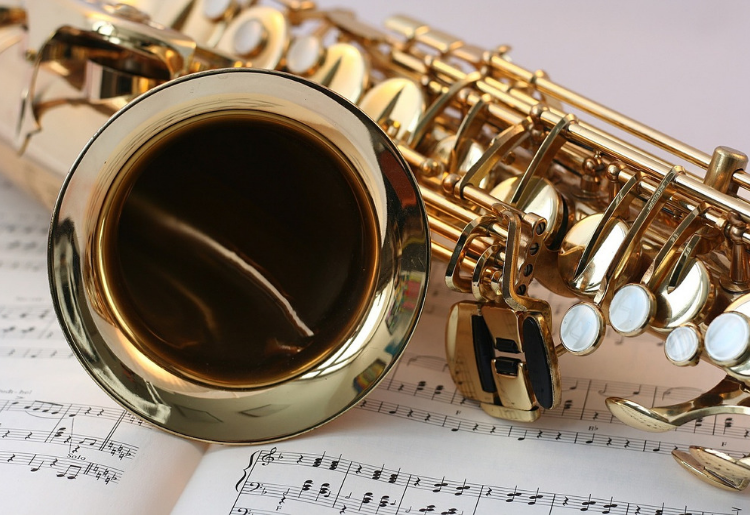In honour of the upcoming Carnival festivities in the south of the Caribbean, it’s only fitting to highlight the calypso and soca musicians in Trinidad and Tobago, who are essentially the sound of the Carnival season. Each year this collection of talented artistes works tirelessly to produce memorable and long lasting tunes that create the vibes necessary for a successful carnival.
An appreciation for calypso and soca music lives throughout the year and well beyond the shores of Trinidad and Tobago. Parties, events, entertainment shows and fetes are only some of the events that soca musicians use to bless the world with their interpretation of Caribbean music and sound.
But, back on an island that is the birthplace of the steel pan, music is a way of life that mimics the rhythm of the people of Trinidad. And, year after year, we receive music with infectious beats and sharp lyrics. From young to old, Trinidadian musicians are among the best in the world. Many of them live and breathe a craft that dates back to the days of slavery.
History of Calypso and Soca Music
Some historians have traced the history of calypso and soca music to the West African music form, kaiso. Historic accounts say that calypso, which is also known as kaiso in some circles, was adopted by enslaved people. They were uprooted from their homes in Africa and forced to work on plantations in Trinidad and Tobago. This form of music was a coping mechanism, and a medium through which stories were told, communicating news and preserving West African traditions.
This art form developed into a unique musical form which told stories of life in twin island state. This craft of storytelling through music was a unique technique by musicians in Trinidad though social commentary and political commentary. In the early 1900s, Port of Spain became the heart of calypso, when musicians began to record calypso music. By the 1930s, musicians were recording the now popular Calypso music and even travelled as far as New York to record their tunes.
Recognition of Calypso Music
More recognition for the calypso art from came in 1956 from Harry Belafonte, an American singer with Jamaican roots. He released an album named “Calypso”, that achieved worldwide recognition. Then, Maya Angelou released her sole musical album “Miss Calypso” in 1957 at the height of the Calypso craze. Although these artistes offered their contribution to the art form, one must not forget those Trinidadian singers who perfected the calypso art in the country.
The Birth of Soca Music
Ras Shorty-I owns the credit for the introduction of soca music to Trinidad and Tobago and the rest of the world. In the 1970s he successfully fused calypso and East Indian music to create a new sound. This sound was a beautiful creation. This innovation in Caribbean music has inspired other musical fusions such as ragga soca and chutney soca. And, there have been numerous collaborations with artistes from the rap, hip hop, rock, reggae and rhythm and blues genres.




